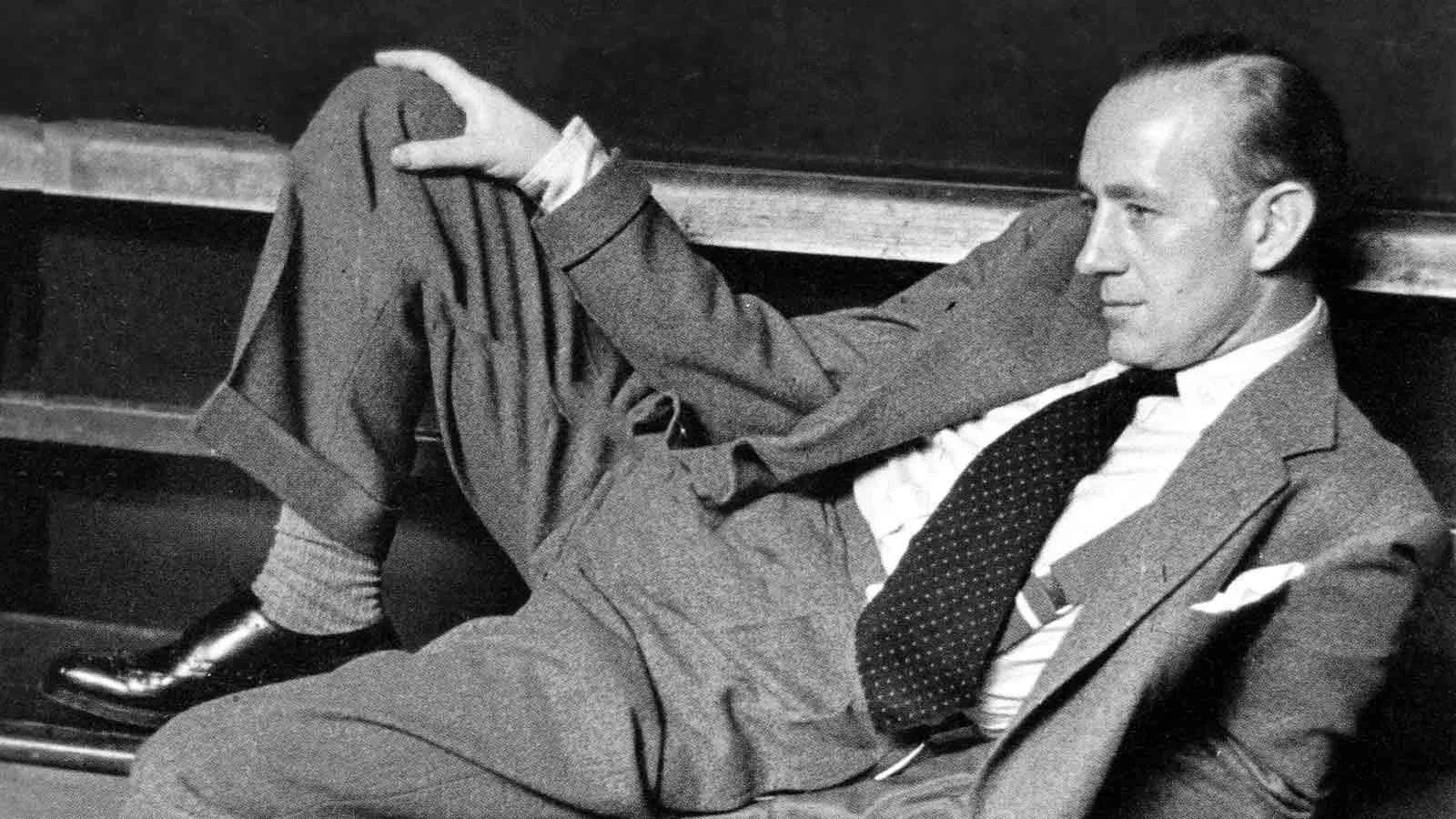Ealing Studios and the birth of heist movies
With Ocean's 8 making its mark in the box office this summer and Baby Driver one of the biggest critical hits from last year, it's clear that the heist movie is still a big favourite for cinema audiences. But far from being a modern genre, it actually has its roots way back in the British studios in the middle of the twentieth century.
Crime stories aren't anything new, on paper or screen, but the heist film takes the idea to a whole new level. It's usually about one big score, the final job that will allow those involved to leave the business forever. The stakes are high, the scheme is planned out in exquisite detail, and the audience gets to watch it unfold, with a few inevitable hiccups along the way. They might be criminals, but we find ourselves on their side, the little guys taking on The Man in a system that's always been rigged against them.
Marking the start of a genre accurately is pretty much impossible, but you could do worse than go back to the Ealing Studios of the '50s and their classic films The Ladykillers and The Lavender Hill Mob. With a vein of dark comedy and some of the biggest stars of the time, notably Alec Guinness, these films still regularly appear in the lists of best movies of all time.
The Ladykillers (1955)
As is so often the case, this quintessentially English style went over the Pond to become something new. Ocean's 11, the original Ocean's film from 1960, starred five of the famous Rat Pack, including Frank Sinatra, Sammy Davis Jr, and Dean Martin. Their highly-elaborate scheme to rob five Las Vegas casinos in one New Year's Eve, of course, doesn't work out quite how expected. It's a classic American heist film, one of many released over the decade, but the British weren't finished with the genre yet.
Gambit (1966)
It was a very familiar actor that was at the forefront of this new style of film. Michael Caine became the face of the British caper flick – a heist film with a richer vein of comedy to it – when he starred alongside Shirley MacLaine in Gambit. But it's one of his features from the end of the decade which became the standard for this genre: out of all of them, it's 1969's The Italian Job that stands out as the true classic. From those iconic Minis to “You're only supposed to blow the bloody doors off!” by way of the Self-Preservation Society, the songs, sounds and images from this film are synonymous with our idea of what it was to be British in the 1960s. The colours and design could only be from that era. Just think of that memorable car chase with the red, white and blue Minis; an image that has been copied and parodied a thousand times over, but never bettered.
The Italian Job (1969)
And that ending? The literal cliffhanger? Sure, it was to give the studio an easy option for the sequel, but isn't it also a perfect metaphor for life in the '60s? The little guys were having a go, taking on a world that wasn't meant for them, not knowing whether or not it would pay off. That mixture of risk and potential reward, that willingness to try it and damn the consequences, because if it works… There's nothing more 1960s than that daring to dream.
Heist and caper films may have been with us for over sixty years, but each one is still a perfect encapsulation of its time and place. Whether its the devil-may-care attitude of the '60s or the slick fun of the current crop of heist films, this is a genre that will always be a perfect product of its environment.

